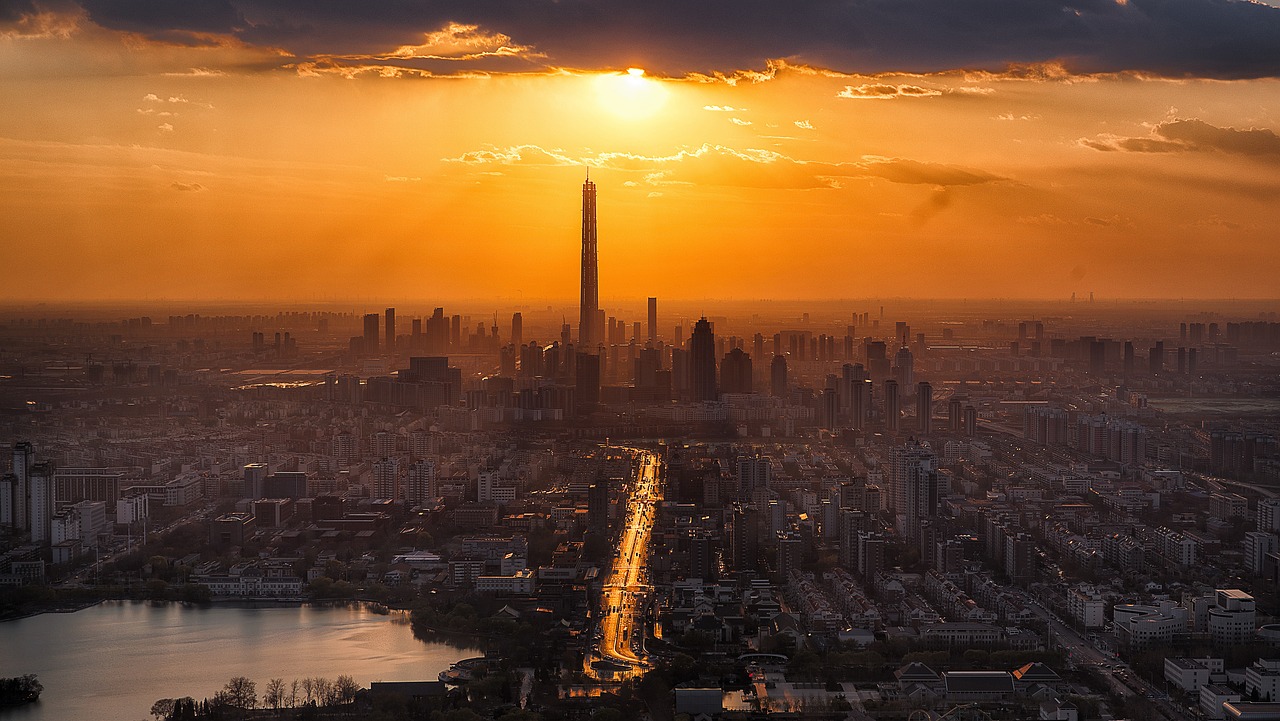The Kremlin: Moscow's Citadel of Russian History
travel | 4 minutes read | 9 months ago

Welcome to the heart of Moscow, where history comes to life in the form of the iconic Kremlin. This fortified complex has stood for centuries as a symbol of Russian power and resilience, and it continues to be a focal point for both locals and tourists alike. Join me as we delve into the rich history and cultural significance of the Kremlin, exploring its various attractions and uncovering the stories that have shaped this remarkable citadel.
A Brief Overview
The Kremlin, which literally translates to "fortress" in Russian, is a historic citadel located at the heart of Moscow. It has played a central role in the city's development and has been a witness to some of the most significant events in Russian history. The complex encompasses an area of 68 acres and is surrounded by imposing red brick walls, giving it an aura of grandeur and strength.

Historical Significance
The Kremlin has been the seat of power for Russian rulers for centuries, dating back to the 14th century when it served as the residence of the Grand Princes of Moscow. Over time, it became the official residence of the Tsars and later the Presidents of Russia. The complex has witnessed numerous conflicts, political intrigues, and dynastic struggles, making it a living testament to the country's tumultuous past.
The Kremlin has also been a witness to some of the most pivotal moments in Russian history, including the Bolshevik Revolution and the dissolution of the Soviet Union. Its walls have seen the rise and fall of empires, the coronations of tsars, and the inauguration of presidents, making it a symbol of continuity and change in Russian society.
Architectural Marvels
One of the most striking features of the Kremlin is its collection of stunning cathedrals and palaces, each with its own unique architectural style and historical significance. The Cathedral of the Annunciation, the Cathedral of the Archangel, and the Dormition Cathedral are prime examples of exquisite Russian Orthodox architecture, adorned with intricate frescoes, gilded domes, and ornate decorations.
- The Cathedral of the Annunciation: Built in the 15th century, this cathedral is known for its intricate iconostasis and stunning collection of religious icons.
- The Cathedral of the Archangel: This cathedral served as the burial place for Russian tsars and is adorned with beautiful artwork and elaborate tombs.
- The Dormition Cathedral: As the main church of Moscow, this cathedral holds a special place in Russian history, having hosted coronations, weddings, and funerals of the Russian royal family.

World-Class Museums and Art Collections
Besides its religious and political significance, the Kremlin is also home to an impressive array of museums and art collections that showcase the rich cultural heritage of Russia. The Armory Chamber, for example, houses a stunning collection of imperial regalia, royal carriages, Fabergé eggs, and other valuable artifacts that offer a glimpse into the opulence of the Russian monarchy.
Additionally, the Diamond Fund exhibition within the Kremlin features a breathtaking display of precious jewels, including the famous Orlov Diamond and the Imperial Crown of Russia. These exhibits provide a rare opportunity to marvel at the splendor and luxury that once adorned the rulers of Russia.
Visiting the Kremlin Today
Today, the Kremlin remains a major tourist attraction, drawing in millions of visitors from all corners of the globe. Its historical, cultural, and architectural significance makes it an essential stop for anyone seeking to understand the essence of Russia. Visitors can explore the grounds, tour the cathedrals, and admire the numerous monuments and structures that have stood the test of time.
When planning your visit to the Kremlin, it's essential to book tickets in advance and be mindful of the strict security measures in place. Guided tours are available in various languages, allowing visitors to gain deeper insights into the complex's history and significance.
As we conclude our exploration of the Kremlin, it's evident that this iconic citadel is an indispensable part of Moscow's identity and a testament to the resilience and grandeur of Russian history. Whether you're captivated by its architectural splendor, intrigued by its cultural treasures, or simply drawn to its storied past, the Kremlin offers an enriching and unforgettable experience for all who walk through its gates.
So, as you plan your next trip to Moscow, don't miss the opportunity to immerse yourself in the rich tapestry of Russia's past at the historic Kremlin.


